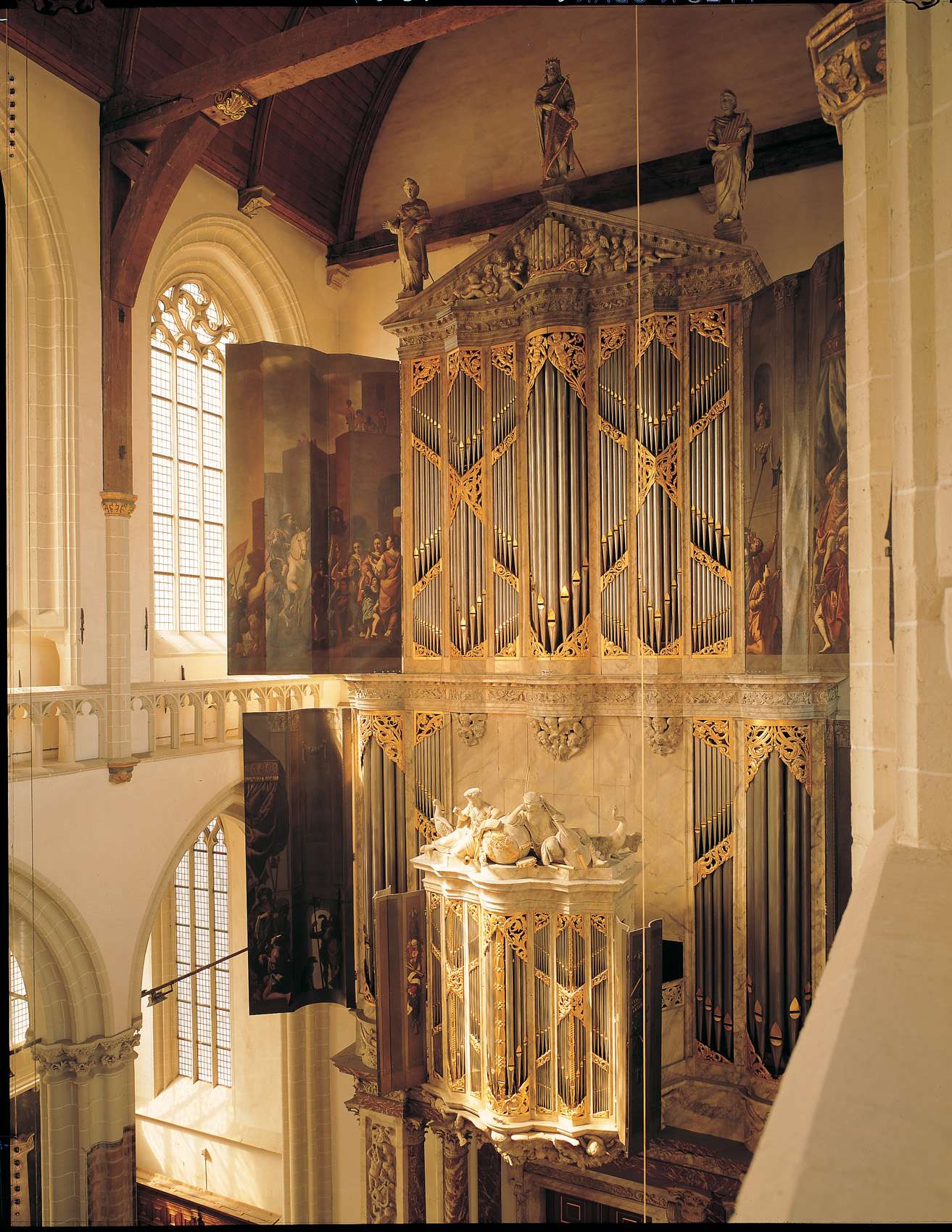After the great fire of 1645, the interior of De Nieuwe Kerk was restored and beautifully decorated. Today, you can find elements from every century.
The choir screen
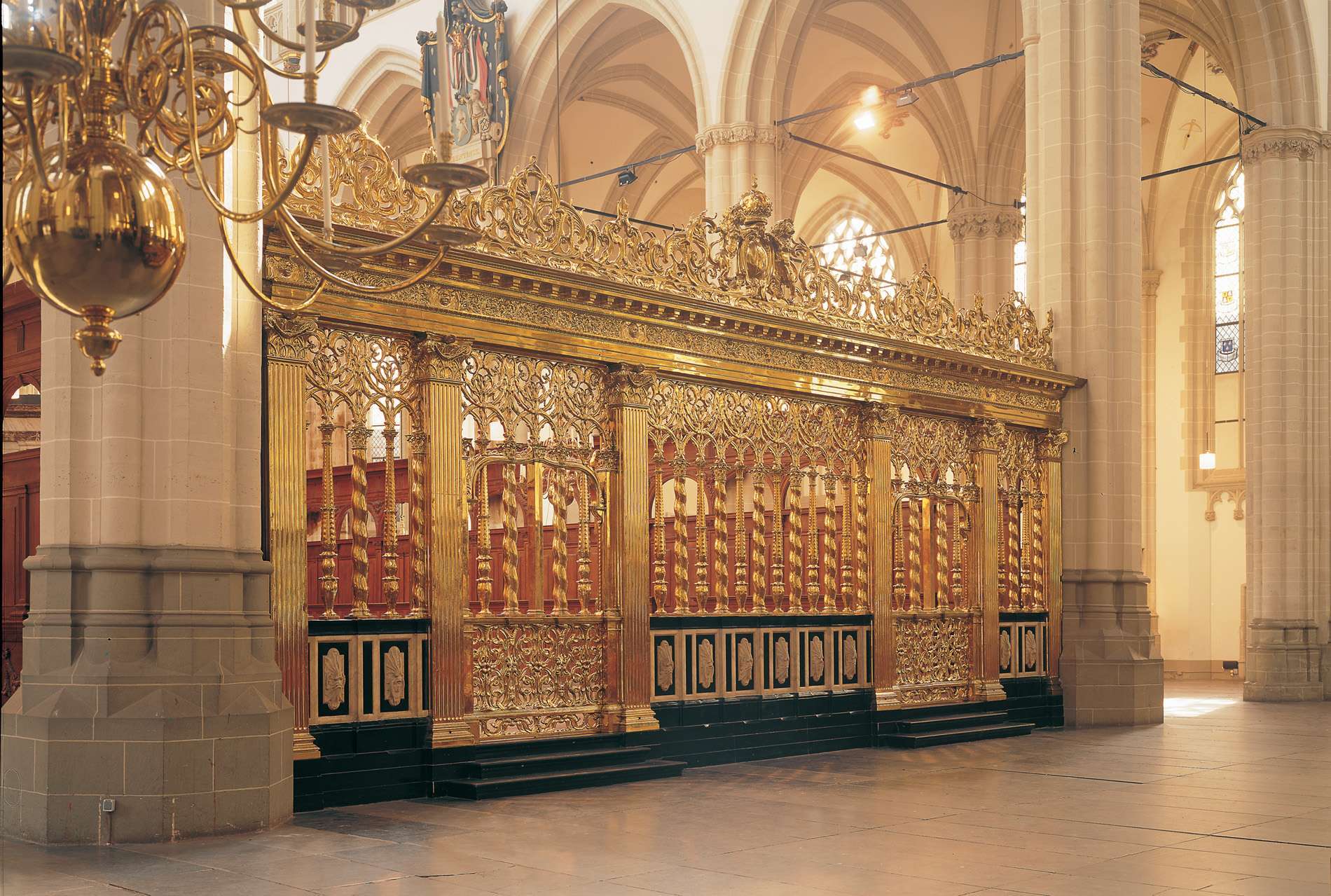
The beautiful brass choir screen is one of the finest elements of the interior— a glittering, oceanic masterpiece.
Chapels
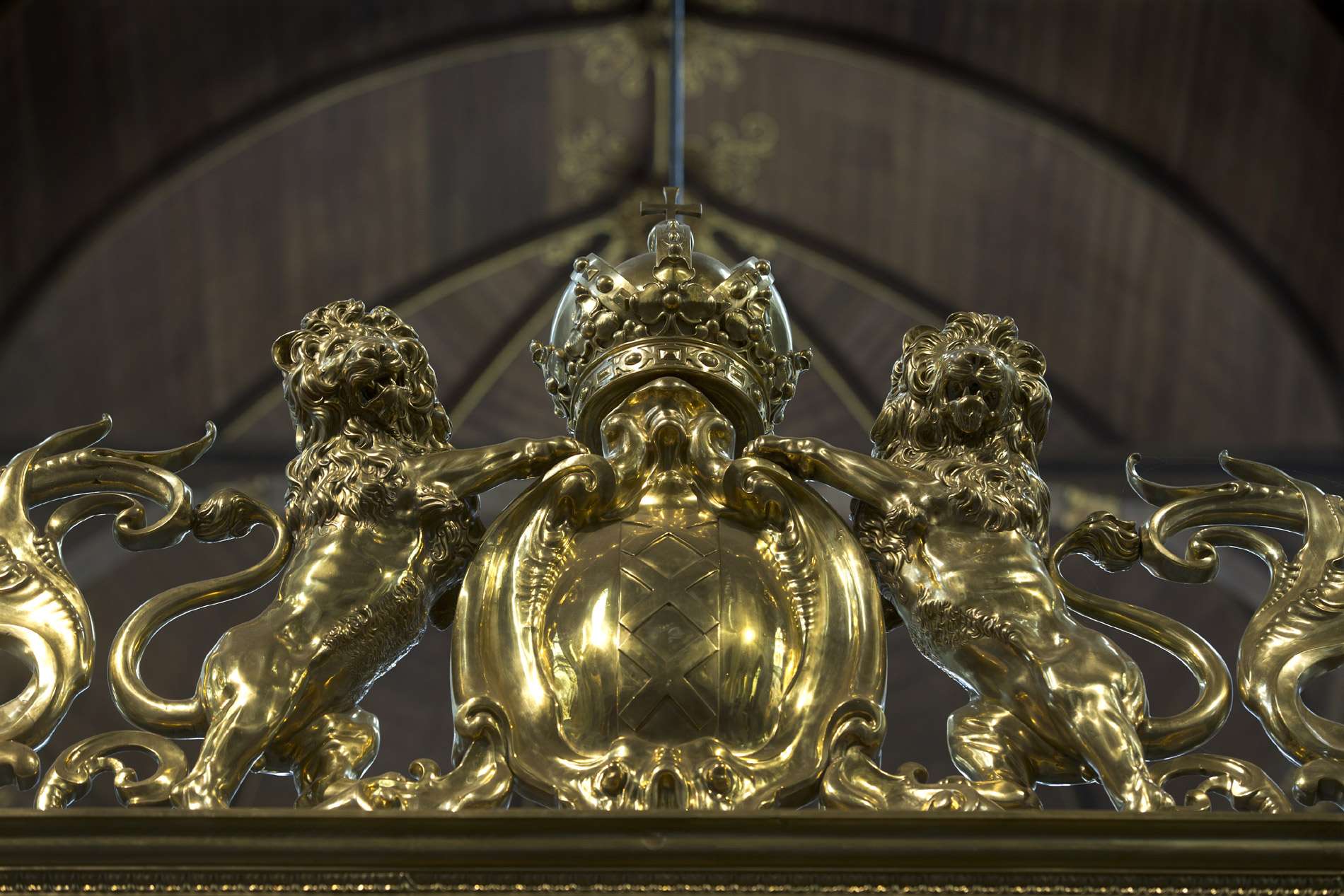
These are the oldest sections of De Nieuwe Kerk. There were once ten chapels, built for guilds and wealthy families in honour of their patron saints. Some parts have been concealed for many years.
Pulpit

The pulpit is the most eye-catching feature of De Nieuwe Kerk. It competes for that honour with the organ and the choir screen. But the pulpit wins by a longshot, thanks to the sounding board projecting out above it, and to its great height: more than 13 metres!
Regents’ pews

This is where the ‘men of quality’ sat: church officials, city leaders, and members of wealthy families. Other churchgoers sat in separate benches and chairs, for which they paid rent.
Frescoes
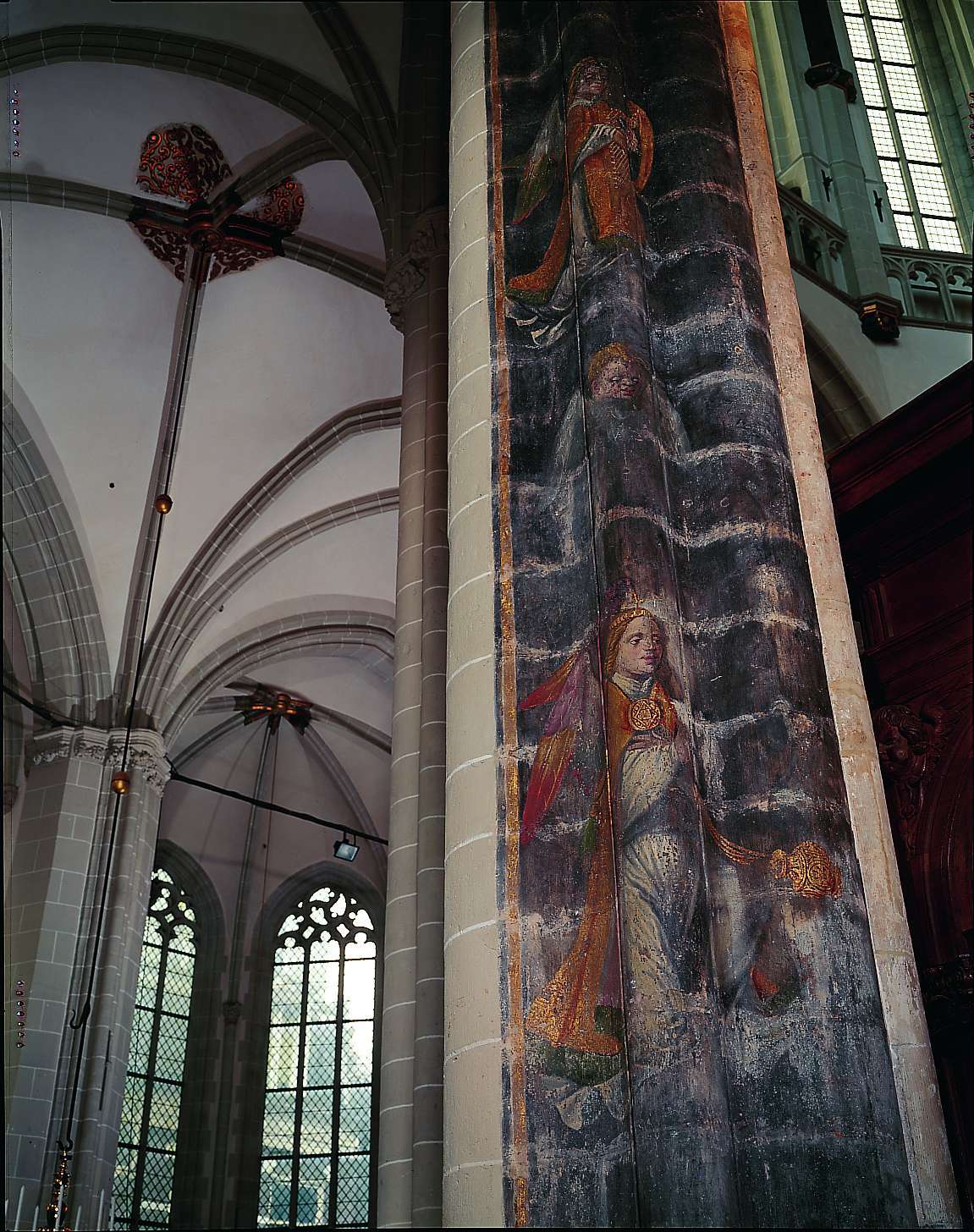
Before the Alteration of 1578, when Protestants took power in the city, the church was filled with colourful frescoes. Afterwards, everything was painted white. Centuries later, a few frescoes are back. Have a look at the pillars with the angels rising to heaven.
Stained-glass windows

De Nieuwe Kerk has superb stained-glass windows. The oldest dates from the mid-seventeenth century, and the most recent one was put in place in 2005. They are packed with vivid details waiting to be discovered, but make sure not to strain your neck!
Seafarers
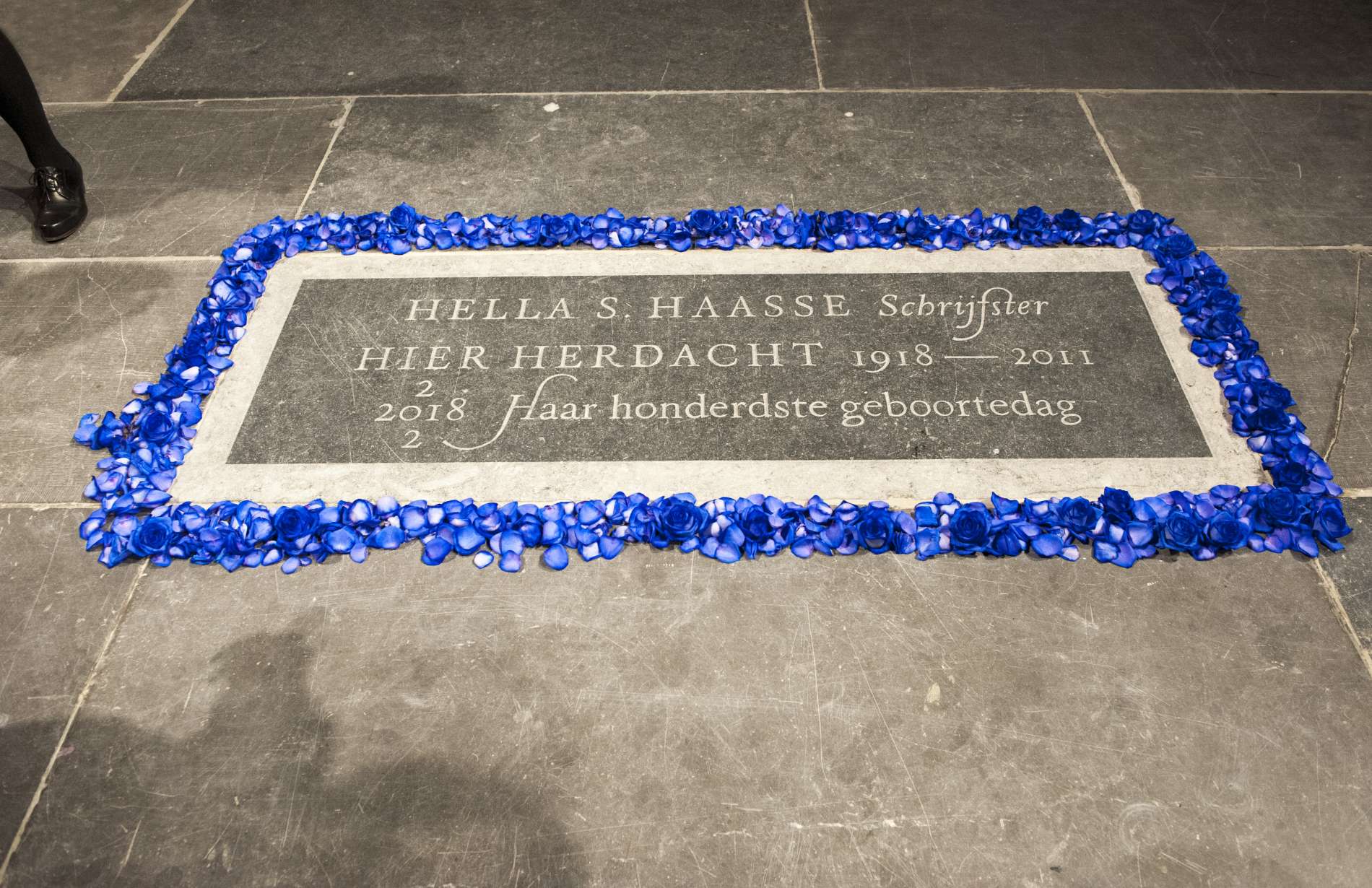
The seafarers of Holland were important figures in our history. Some of the most well known Dutch seamen lie buried in De Nieuwe Kerk, such as Michiel de Ruyter and Jan van Galen.

